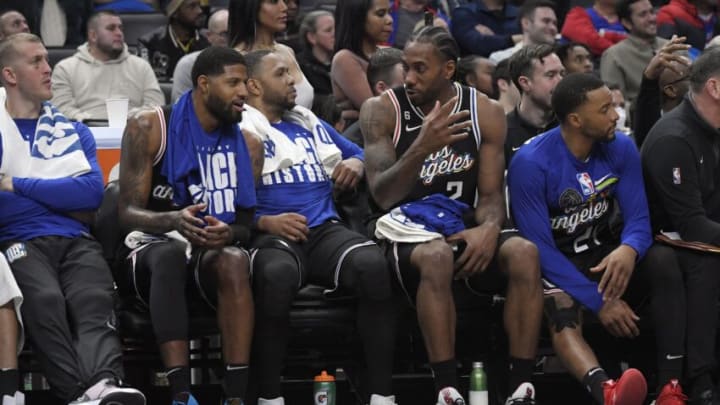NBA: Where the problem with load management lies
Now, none of these three lines of thinking are inherently right or wrong, regardless of what the NBA is saying, at least to the common fan, and that is exactly what is so problematic about the statement. The NBA is using its authority and platform to make a definitive statement about what the science and data are and are not saying.
Again, at first glance, this doesn’t appear to be a problem. They are the National Basketball Association and if anyone has that authority, it’s them. But digging just one layer deeper, there are huge red flags that anyone with any experience or even basic stats knowledge is probably already waving.
And that is, if the NBA is going to make a statement like this, citing data, then there is one big question we all need to be asking: Where is the data? If you’re going to definitively say that resting is no longer supported by scientific data, then the data needs to be published.
Long-time player development Coach David Thorpe put it this very plainly on an episode of the True Hoop podcast:
"“If I assert an opinion on an article I write for TrueHoop, I’m allowed to do so.… If I am asserting something that’s supposedly science or fact, data not an opinion, I’m supposed to link it…It allows our readers to see where I’m getting my information from. Pretty simple right?… And so you’re fair to ask the question, ‘NBA you’re allowed to have your opinion that science no longer supports the idea that resting is a good thing.’ Which is, just on the face of it seems so odd to me. ‘But you need to tell us where your data is. You need to get quotes from the data scientists from teams, because teams have their own guys.’”"
The source data is crucial for this kind of thing because there is so much that goes into data science that would be needed to lead to a conclusive result, as the NBA is claiming. It raises a good deal of questions on things like sample versus population, hypothesis testing, and statistical significance. Say what you want about the analytics community but when they publish a paper for the Sloan Analytics conference, this is what it includes and then some.
Publishing the source data is also what makes peer review both important and possible. One example would be to question what kind of confirmation bias might have led to this conclusion. For instance, if the current era is one of the players resting and the statement is saying that they are still getting injured even with proper rest, we don’t necessarily know if they would be injured just as much, more, or less if they did not rest because we just don’t have that information for all the players.
But if the data and analysis were readily available, it might show that if this was taken into account and if the model had a large enough sample size of players that didn’t rest versus their injuries to draw a reasonable conclusion, it’s doubtful that sample size exists but it might. However, with a complete lack of information, nothing is proven, and everything is still up for debate if the NBA isn’t taken for their word.
And yes, all that might seem a little over the top for what is a basketball entertainment organization but that is what should be demanded of them when they make a claim citing “data” and “science.” Those are the rules of those communities.
